Adapting rules for darts in educational settings is essential to make the game accessible and enjoyable for students of all ages and skill levels. This article explores various modifications, safety considerations, and alternative game formats to successfully integrate darts into a learning environment, fostering engagement and skill development. We’ll cover everything from safety protocols to alternative scoring systems.
⚠️ Still Using Pen & Paper (Of een schoolbord)?! ⚠️
Stap in de toekomst! De Dart Teller -app behandelt alle scoren, stelt kassa voor, en volgt uw statistieken automatisch. It's easier than you think!
Probeer de Smart Dart Teller -app gratis!Klaar voor een upgrade? Klik hierboven!
The Importance of Adapting Rules for Darts in Educational Settings
Introducing darts into an educational environment can be a fantastic way to develop students’ hand-eye coordination, mental math skills, and strategic thinking. Echter, the standard rules of darts may not be suitable for all students, especially younger children or those with varying abilities. Adapting rules for darts in educational settings is crucial to ensure safety, inclusivity, and a positive learning experience. By modifying certain aspects of the game, educators can create a fun and engaging activity that benefits students in multiple ways.
Consider the factors at play when deciding whether and how to introduce darts as an educational tool. Younger children may struggle with the distance and accuracy required in a traditional game. Students with physical limitations might find it difficult to throw darts in the conventional manner. Verder, the competitive nature of standard darts can be daunting for some students, potentially leading to frustration or discouragement. Creative rule adaptations offer a way to mitigate these challenges and maximize the educational value of the game.
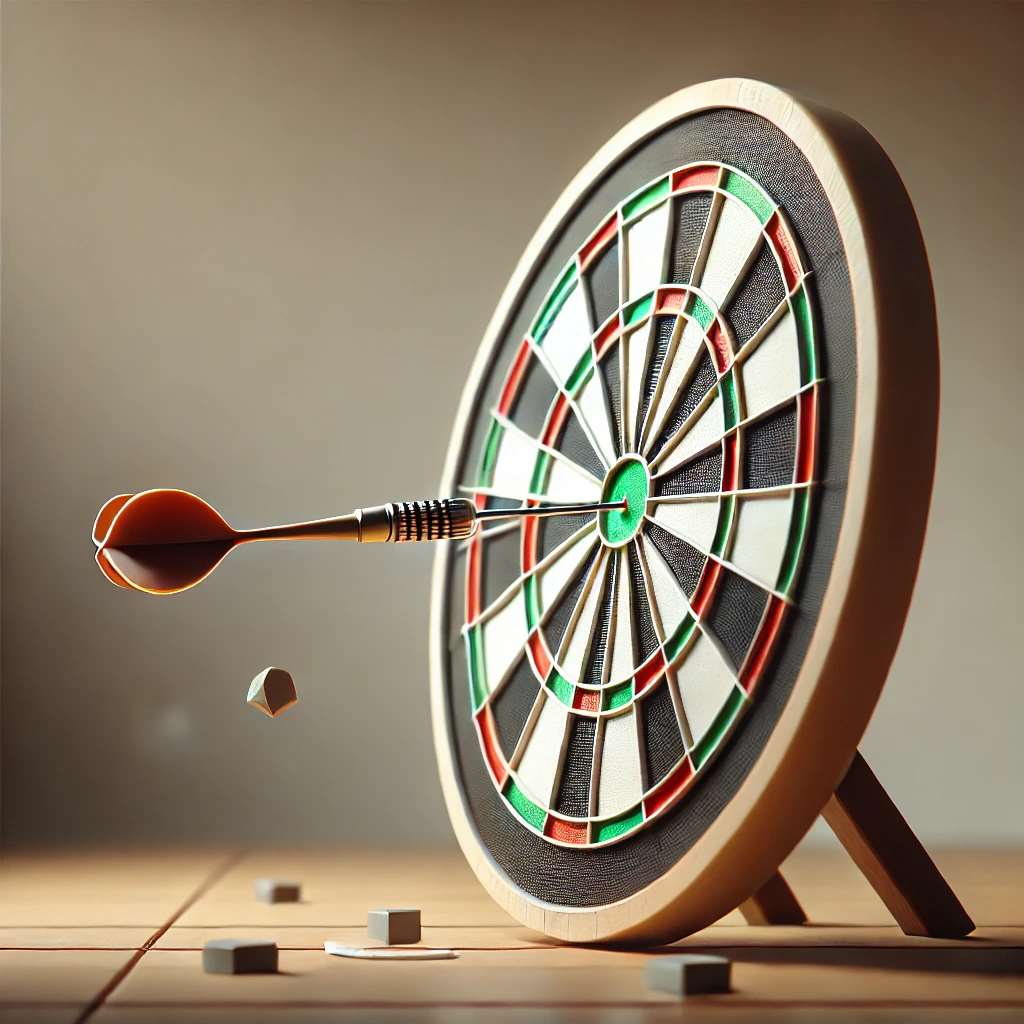
Safety First: Essential Modifications for a Safe Darting Environment
Safety must be the top priority when introducing darts into a school or other educational setting. Here are some essential safety modifications:
- Dartboard Placement: Mount the dartboard securely on a wall that is clear of obstructions. Ensure there is ample space around the board to prevent accidental collisions. A designated throwing line should be clearly marked and maintained.
- Dart Material: Use soft-tip darts with plastic tips instead of traditional steel-tip darts. These darts are significantly safer and reduce the risk of injury.
- Supervision: Constant supervision by a teacher or responsible adult is essential. They can ensure that students are following the safety rules and using the darts correctly.
- Protective Barriers: Consider using protective barriers or screens around the dartboard to prevent stray darts from hitting bystanders.
- Eye Protection: Though less common, eye protection (like safety glasses) could be considered for younger children if deemed necessary based on risk assessment.
- Clear Rules and Instructions: Establish clear and concise safety rules that are easy for students to understand and follow. These rules should be prominently displayed near the dartboard.
Verder, teaching students proper throwing techniques is paramount. This includes emphasizing a stable stance, a controlled arm movement, and focusing on the target. Remind students never to run while throwing darts and to wait for their turn behind the designated throwing line. Instilling a culture of safety and responsible play from the outset is key to preventing accidents and ensuring a positive experience for everyone involved. For those just starting out, see these Basic Darts Fundamentals for Beginners.
Adapting Scoring Systems for Different Age Groups and Skill Levels
The traditional scoring system in darts, zoals de 501 game, can be complex for younger children or those new to the game. Simplifying the scoring system can make the game more accessible and enjoyable. Here are some alternative scoring methods:
- Target Number: Instead of 501, start with a smaller number, zoals 101 of 201. This reduces the amount of mental math required and allows for quicker games.
- Simplified Bullseye Scoring: Assign a fixed point value to the bullseye (Bijv., 10 points) and the outer ring (Bijv., 5 points), regardless of which section they hit.
- Eliminate Doubles and Trebles: Focus solely on hitting the numbers on the board, ignoring the double and treble rings. This simplifies the game and makes it easier for beginners to score points.
- Team-Based Scoring: Divide students into teams and have them work together to reach a target score. This encourages collaboration and reduces the pressure on individual players.
- De “De klok rond” Game: Players take turns throwing darts, attempting to hit each number on the board in sequential order (1 through 20). This game focuses on accuracy and target practice.
Consider implementing a **handicap system** to level the playing field between students with different skill levels. This could involve giving less experienced players a head start in points or allowing them to stand closer to the dartboard. Adapting darts rules for beginners ensures everyone has a chance to participate and improve their skills. These Darts -regels aanpassen voor beginners are crucial for fostering a positive learning environment.
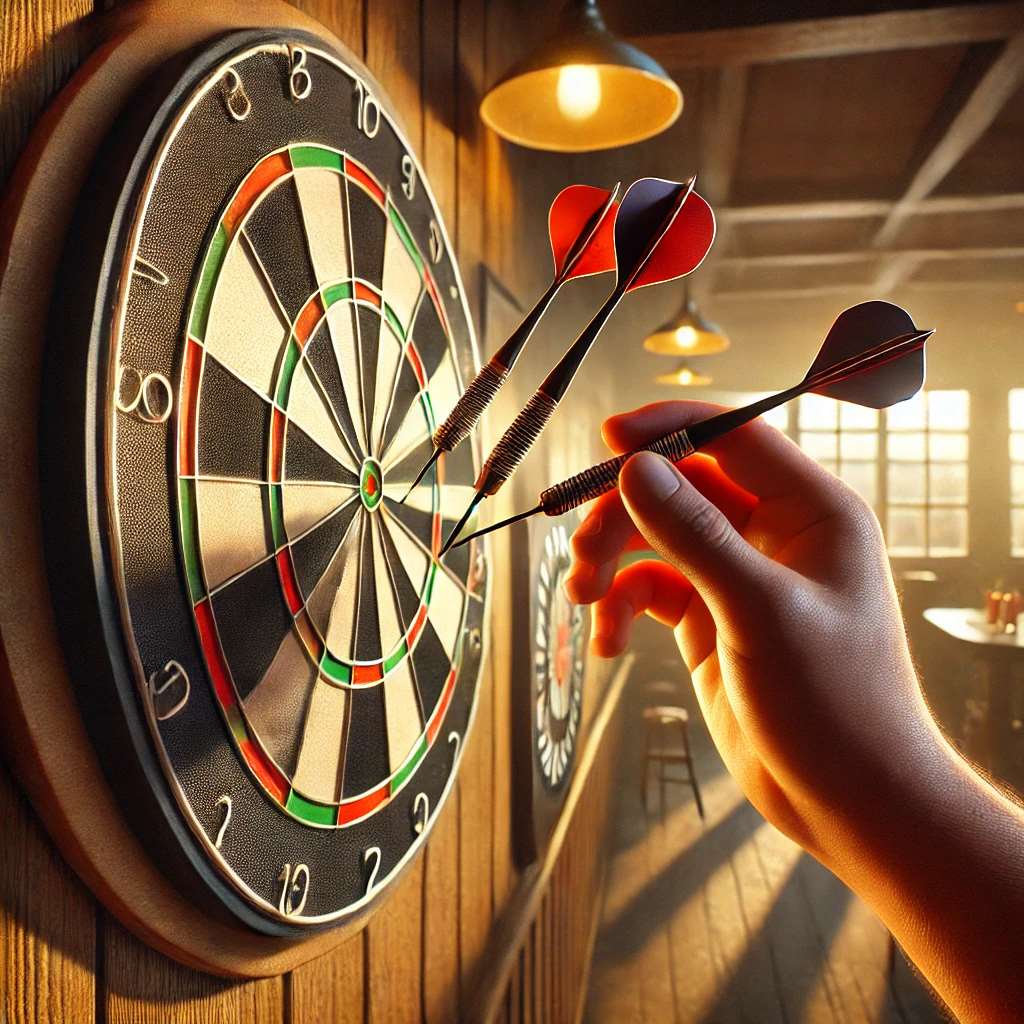
Alternative Game Formats to Enhance Engagement
Beyond modifying the scoring system, introducing alternative game formats can keep students engaged and motivated. Here are a few ideas:
- Cricket: A popular dart game that involves “opening” En “closing” numbers. Modify the rules to make it simpler for younger players (Bijv., fewer numbers to open/close).
- Killer: Each player is assigned a number on the board. They must hit that number three times to become a “killer.” Dan, they can target other players’ numbers to eliminate them. Simplify the rules by requiring fewer hits to become a killer or to eliminate a player.
- “Dart Golf”: Create a “dart golf course” by assigning different numbers on the board to represent “holes.” Players take turns throwing darts and recording their “strokes” (number of darts it takes to hit the target number). The player with the lowest score wins.
- Themed Games: Incorporate educational themes into the dart game. Bijvoorbeeld, create a game where students must answer trivia questions correctly to earn points, which they can then use to add to their dart score.
Introducing variety and creativity into the dart games can prevent boredom and keep students excited about participating. Remember to clearly explain the rules of each game and provide ample opportunities for practice and experimentation. Explore different fun dart game variations with modified rules to find what works best for your students.
Physical and Cognitive Benefits of Darts in Education
Integrating darts into education can have significant positive impacts on students’ physical and cognitive development. Beyond being a fun activity, darts can offer several tangible benefits:
- Improved Hand-Eye Coordination: The repetitive motion of aiming and throwing darts helps refine motor skills and enhance hand-eye coordination.
- Enhanced Mental Math Skills: Keeping score in darts requires quick mental calculations, which can improve students’ arithmetic abilities.
- Strategic Thinking: Darts involves planning and strategizing to maximize points and outsmart opponents, fostering critical thinking skills.
- Concentration and Focus: The game demands focus and concentration, helping students develop their ability to tune out distractions and stay on task.
- Stress Reduction: Darts can be a relaxing and enjoyable activity that helps reduce stress and improve overall well-being.
By framing darts as a learning opportunity rather than simply a game, educators can help students appreciate the diverse benefits it offers. Encourage students to track their progress, set goals, and celebrate their achievements. This can foster a sense of accomplishment and motivate them to continue improving their skills.
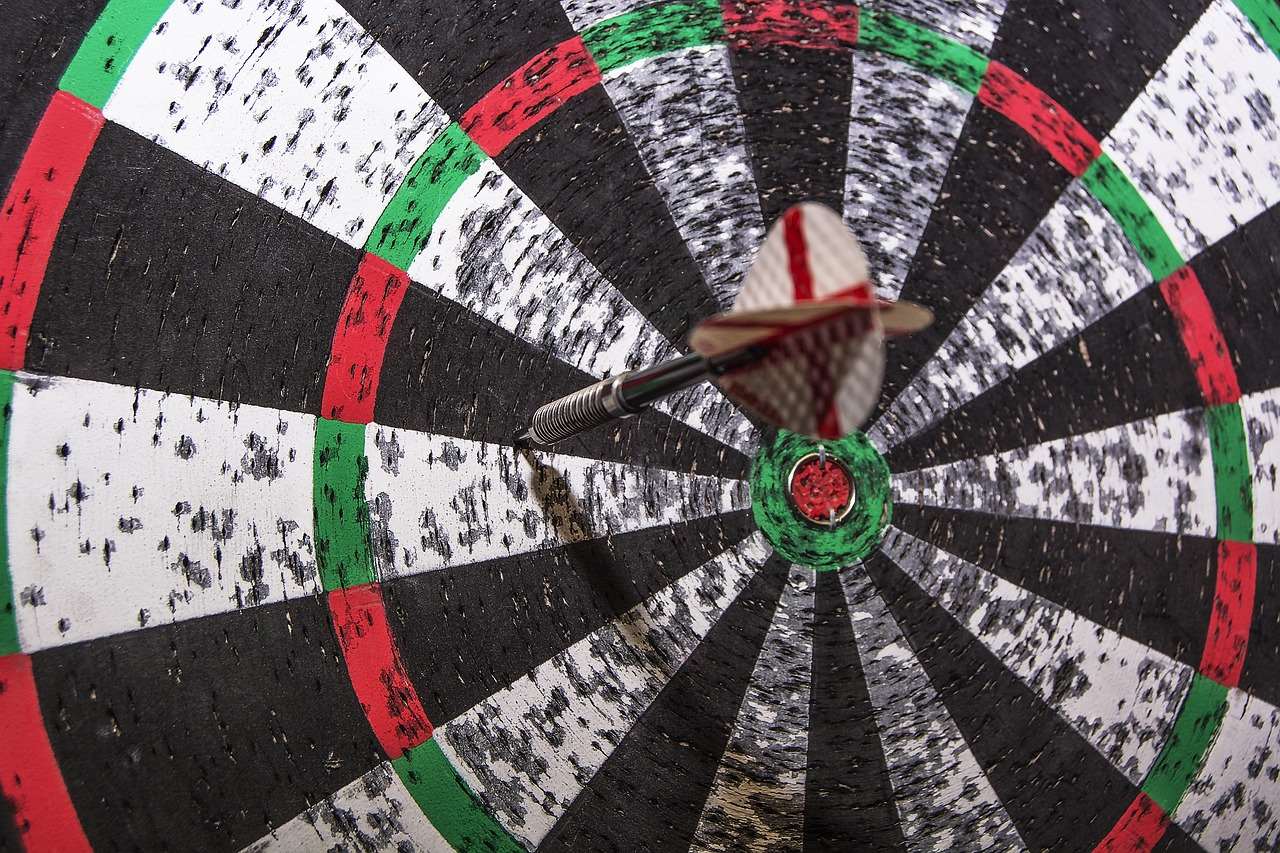
Addressing Concerns and Misconceptions about Darts in Schools
Introducing darts into an educational setting can sometimes raise concerns among parents and administrators. It’s important to address these concerns proactively and dispel any misconceptions about the safety and appropriateness of the activity. One common concern is the potential for injury. Emphasize the use of soft-tip darts, strict safety rules, and constant supervision to minimize risks. Explain that darts can be a safe and controlled activity when implemented properly. Some people may be concerned about the potential for darts to promote aggressive behavior. Explain that darts can teach students about sportsmanship, respect for rules, and healthy competition. Focus on creating a positive and supportive environment where students can learn and grow. Provide evidence of the cognitive and physical benefits of darts, such as improved hand-eye coordination, mental math skills, and strategic thinking. Demonstrate how darts can be integrated into the curriculum to support learning objectives. Open communication with parents and administrators is key to building trust and gaining support for the introduction of darts into the educational setting. By addressing concerns proactively and highlighting the positive aspects of the activity, you can create a favorable environment for its implementation.
Tools and Resources for Adapting Darts Rules
There are many resources available to help educators **adapt rules for darts in educational settings**. Online, you can find printable scorecards, dartboard diagrams, and tutorials on different dart games. Consider investing in soft-tip dartboards and darts, as well as protective barriers or screens. Seek advice from experienced dart players or coaches who can provide guidance on safety protocols and teaching techniques. Networking with other educators who have successfully integrated darts into their curriculum can also be valuable. Share ideas, best practices, and lessons learned to create a more effective and engaging program. Verder, be willing to experiment and adapt your approach based on student feedback and observations. The most successful programs are those that are tailored to the specific needs and interests of the students involved.
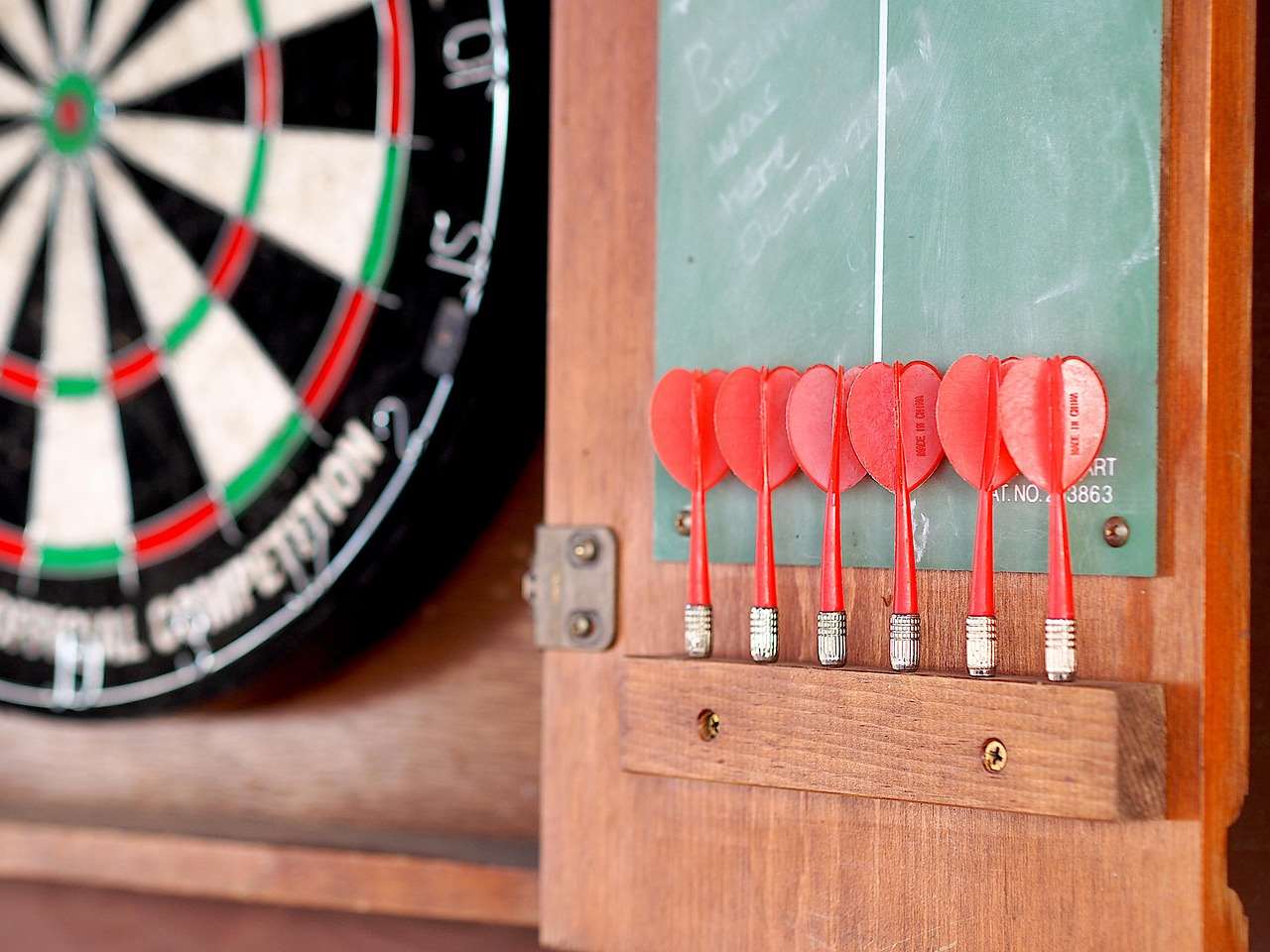
Making Darts Fair for Everyone: Handicapsystemen
To ensure that darts is a fair and inclusive activity for students of all skill levels, consider implementing a handicap system. A handicap system is a way of leveling the playing field by giving less experienced players an advantage. There are several ways to implement a handicap system in darts:
- Point Allowance: Give less experienced players a head start in points at the beginning of the game.
- Distance Adjustment: Allow less experienced players to stand closer to the dartboard.
- Target Area Expansion: Increase the size of the target areas for less experienced players. This could involve using a larger dartboard or assigning higher point values to certain sections.
- “Mulligans”: Allow less experienced players to re-throw a dart if they are unhappy with their initial throw.
The specific handicap system you choose will depend on the skill levels of your students and the type of game you are playing. The goal is to create a system that is fair, transparent, and easy to understand. Clearly explain the handicap system to all students before they begin playing. Ensure that everyone understands how the system works and why it is being implemented. This will help prevent any misunderstandings or resentment. How to make darts fairer with handicap rules is all about equitable participation.
Documenting and Evaluating the Success of Adapted Rules
It’s essential to track the impact of **adapting rules for darts in educational settings**. Document your modifications: record the specific rule changes you’ve implemented, the rationale behind them, and the age groups or skill levels for which they are intended. Track student engagement levels through observation, surveys, or participation rates. Assess whether the adapted rules have made the game more accessible and enjoyable for all students. Measure student learning outcomes: evaluate whether darts is contributing to the development of hand-eye coordination, mental math skills, strategic thinking, or other desired learning objectives. Analyze data to identify areas for improvement: use the information you’ve gathered to refine your approach and make further adjustments to the rules or game formats. Share your findings with other educators: contribute to the growing body of knowledge on how to successfully integrate darts into the curriculum. By documenting and evaluating your experiences, you can ensure that your program is effective, sustainable, and beneficial for all students involved.
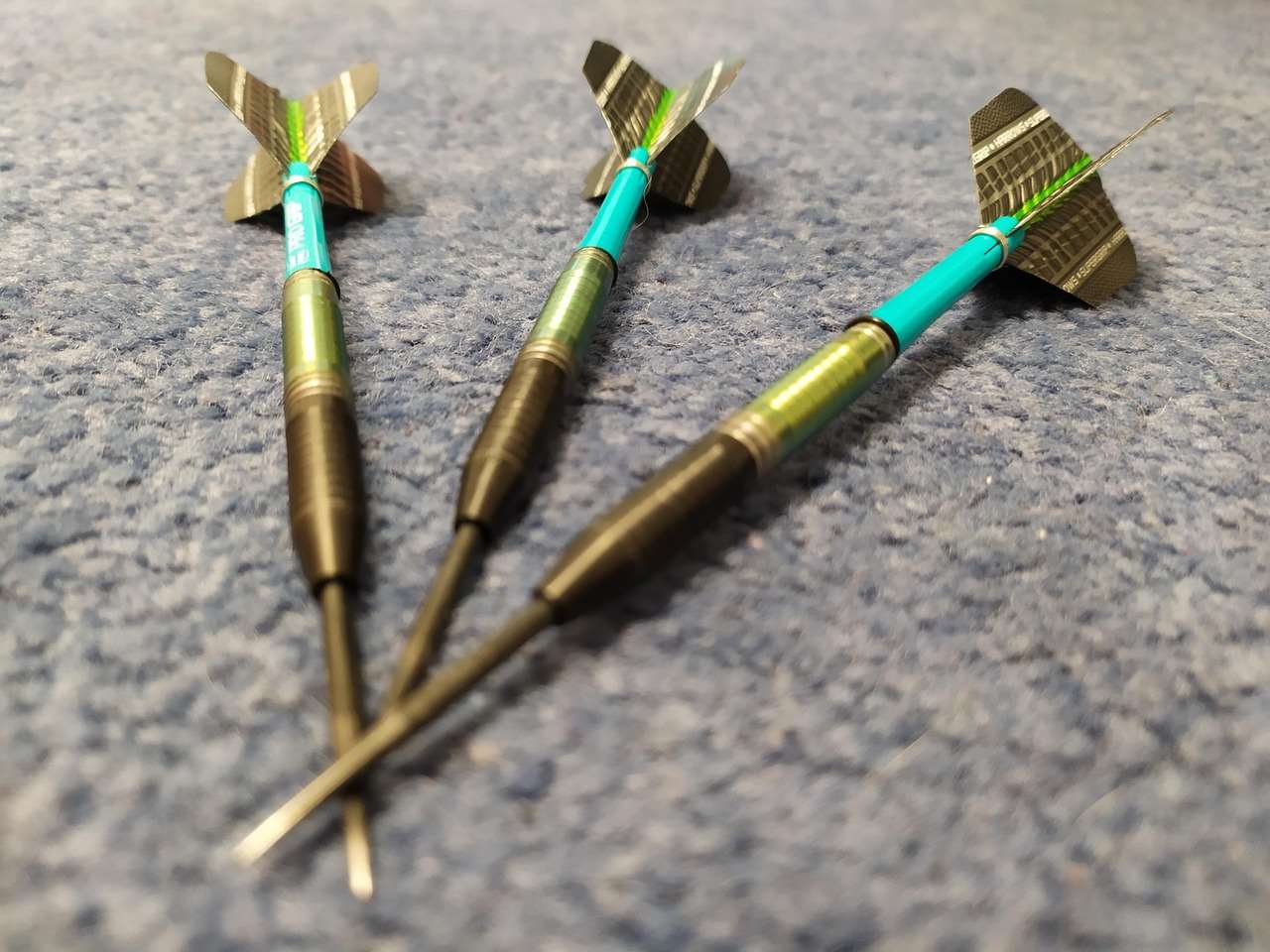
Conclusie: Darts as a Valuable Educational Tool
Adapting rules for darts in educational settings unlocks a wealth of potential benefits for students, from enhanced motor skills and mental math to improved concentration and strategic thinking. By prioritizing safety, modifying scoring systems, introducing alternative game formats, and addressing potential concerns, educators can create a positive and inclusive environment where all students can thrive. Remember that the key to success lies in tailoring the game to the specific needs and abilities of your students. By embracing creativity, flexibility, and a commitment to continuous improvement, you can transform darts into a valuable and engaging educational tool. Ready to start? Consider exploring some simple simplified 501 game rules for novice players to ease the transition. Start planning your dart program today and watch your students’ skills soar!
Hoi, Ik ben Dieter, En ik heb Dartcounter gemaakt (Dartcounterapp.com). Mijn motivatie was geen darts -expert - helemaal tegenovergestelde! Toen ik voor het eerst begon te spelen, Ik hield van het spel, maar vond het moeilijk en afleidend om nauwkeurige scores te houden en statistieken te volgen.
Ik dacht dat ik niet de enige kon zijn die hiermee worstelde. Dus, Ik besloot om een oplossing te bouwen: een eenvoudig te gebruiken applicatie die iedereen, Ongeacht hun ervaringsniveau, zou kunnen gebruiken om moeiteloos te scoren.
Mijn doel voor Dartcounter was eenvoudig: Laat de app de nummers afhandelen - het scoren, de gemiddelden, de statistieken, Zelfs checkout suggesties - zodat spelers puur kunnen richten op hun worp en genieten van het spel. Het begon als een manier om het probleem van mijn eigen beginners op te lossen, En ik ben heel blij dat het is uitgegroeid tot een nuttig hulpmiddel voor de bredere darts -community.